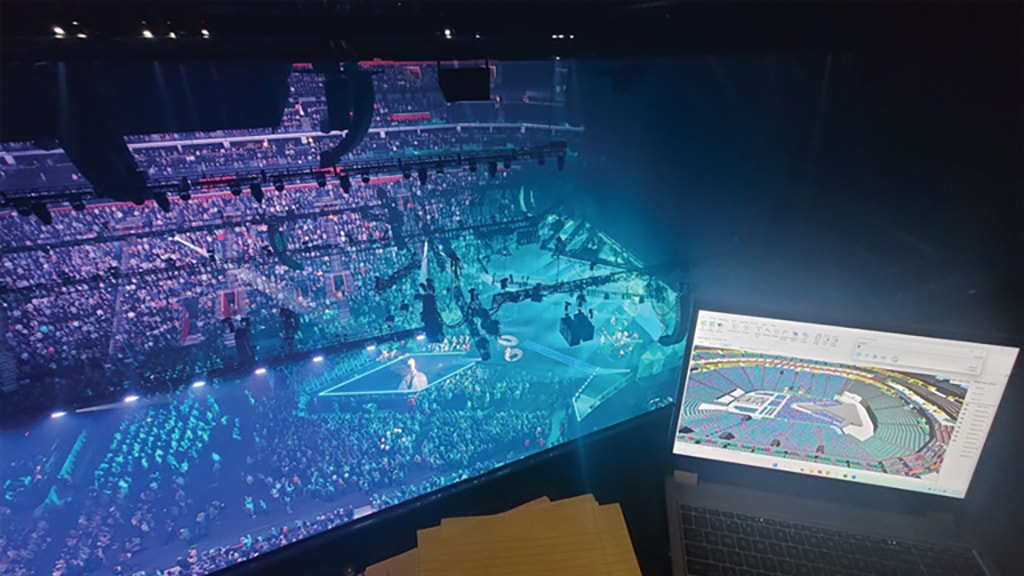If you have attended a major league sporting event in the United States over the past few years, there is a good chance that Petrone Risk helped make the place safer.
Since entering the sports niche in 2015, the Long Island-based risk management shop has served as a security consultant on behalf of multiple leagues at dozens of venues and events and helped more than 20 teams and approximately 15 security technologies and vendors secure SAFETY Act protection from the U.S. Department of Homeland Security.
Officially known as the Support Anti-terrorism by Fostering Effective Technologies Act, the SAFETY Act promotes the creation, deployment and use of anti-terrorism technologies and practices. It was enacted in 2002 in response to the multibillion-dollar lawsuits filed after the Sept. 11, 2001, attacks that left companies concerned they would be sued if security equipment they made or were using failed to stop terrorists. When the U.S. Department of Homeland Security “designates” or “certifies” a security plan or a product as a “Qualified Anti-Terrorism Technology,” its owner is granted limited liability for all insurance claims that may arise following a federally declared act of terrorism.
“A massive security presence at your event is one thing, but that doesn’t fly in court if something bad happens and you haven’t documented all your updated procedures and protocols and new technologies,” said Kathleen Lupia, senior managing director who leads Petrone’s SAFETY Act work.
The application process requires detailed documentation of past security-related incidents, training and infrastructure improvements, can take several years to complete and requires constant attention afterward.
“The nature of threats changes every day — just as we’ve seen the growth of cyberterrorism and drones — which means your security protocols need to change, too,” said Nicole Petrone, the firm’s managing director. “It’s a full-time job to maintain documentation and to continuously evolve your emergency operations plan.”
With the client roster that Petrone has built since signing with the Bills and Browns in 2015, the firm has established relationships in every area of live entertainment security.
“I like to think that I don’t need it, but I am impressed by the hand holding,” said Rick Fenton, senior director for corporate security, safety and investigation for Ilitch Holdings. Fenton, who led the successful SAFETY Act process for the Ilitch-owned Comerica Park and Little Caesars Arena, knows all about bureaucratic red tape following a 34-year career in Detroit-area law enforcement that included serving as executive commander of the Wayne County Sheriff Department. “What makes Petrone different is that they help venues put together redundancy scenarios and run tabletop exercises and they are an office full of lawyers, so they really are one-stop shopping.”
As the frequency of international events coming to U.S. venues continues to increase in the next decade, Petrone expects business to stay booming. Not only are Hard Rock Stadium and Lincoln Financial Field — two of the firm’s clients — 2026 FIFA World Cup host venues that have also hosted multiple international events, but the firm has found itself increasingly working with foreign companies that are looking to establish a U.S. presence.
For example, Petrone is actively in the process of securing SAFETY Act protection for London-based OnePlan (see story, Page 24), a cloud-based event management technology that is being used by the IOC for the 2024 Paris Olympics, Arsenal FC and the Intuit Dome.
“Vendors with SAFETY Act coverage are getting higher consideration by teams, leagues and event operators during RFP bids,” said John Petrone, founder and senior managing director. “The more partners you have that have their own DHS protection is better, of course.”
OnePlan founder Paul Foster, who has a World Cup, multiple Olympic Games and Interpol on his résumé, said he recognizes the challenges of staging multinational events.
He noted that a multisport event such as the Olympics requires different crowd management protocols for each sport. The lines at a volleyball match in L.A., for example, will move quicker than a snowboard event because people are wearing fewer clothes (so have fewer pockets); probably took public transportation (so no car keys); and the terrain is easier for ingress and egress.
Netherlands-based InControl, a software company that uses analytics to forecast crowd movement, particularly in potentially dangerous situations, is another client using Petrone to navigate the SAFETY Act process.
The company’s technology has been deployed at some of the highest profile international soccer events, such as this year’s UEFA Finals, two recent FIFA Men’s World Cups and is involved in the construction design phases for Chelsea’s new 60,000-seat stadium.
InControl has worked at Bank of America Stadium, Nissan Stadium and The Star in Frisco, and gained business in the U.S. this year, consulting on pedestrian traffic monitoring projects at Little Caesars Arena in Detroit and the NFL prior to the draft in Kansas City.
The modeling, according to Gary Gardner, the company’s vice president of North American operations, includes technology “designed by the U.S. Army Corps of Engineers that allows us to virtually drag and drop an explosive device anywhere in our digital twin of that venue and it allows you to set the parameters of what type of device it is, like C-4 or dynamite in a pipe bomb. Then it goes off and it has colored concentric circles so you get an idea of what structures might be affected and where fans should head.”
Author
David Broughton



